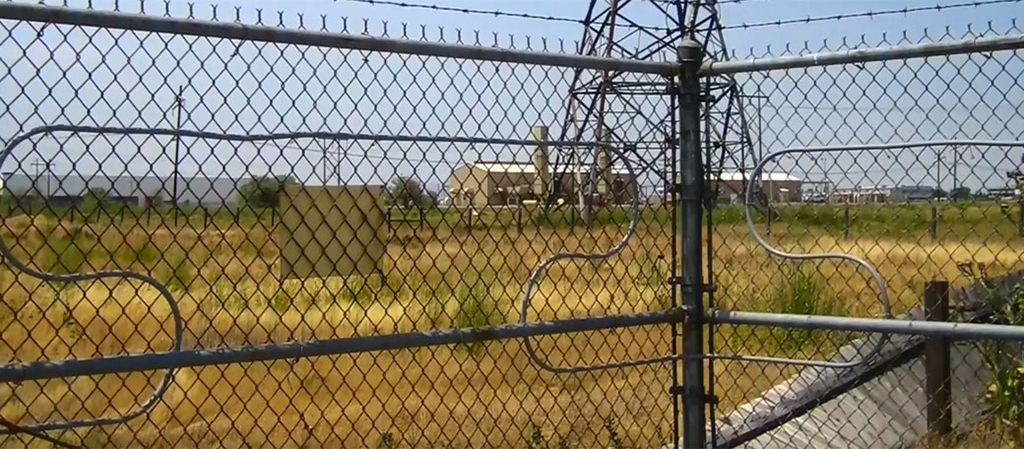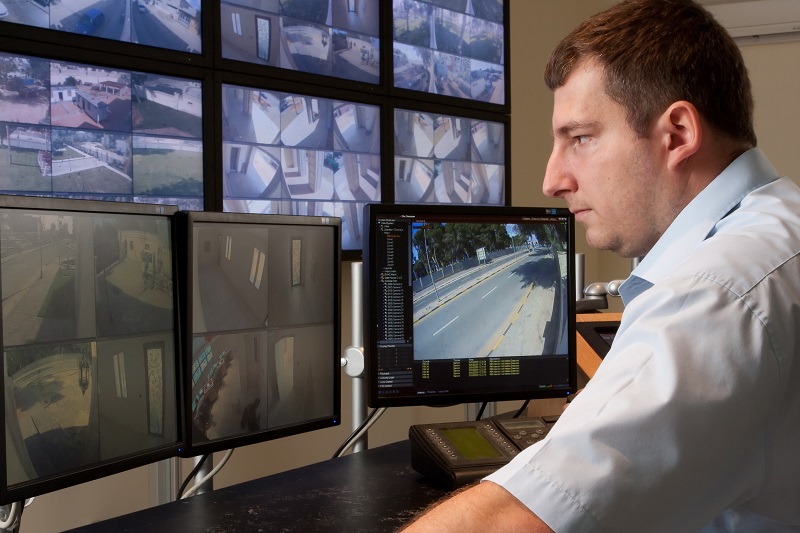Why Fiber Optic Protection Solutions Are the Future of Security
The transition to fiber optic safety systems marks a substantial innovation in the realm of defense, driven by their outstanding information transmission abilities and strength to exterior interferences. As the landscape of protection progresses alongside arising modern technologies such as AI and IoT, the possibility for fiber optics to enhance and redefine security infrastructures becomes increasingly noticeable.
Benefits of Fiber Optic Systems
Among the key advantages of fiber optic systems is their premium data transfer ability, which promotes the transmission of huge quantities of data over fars away without substantial loss. This characteristic is particularly advantageous for safety and security applications that require the constant monitoring and transfer of high-def video feeds, sensor information, and other essential details. Optical fiber can suit the growing needs of modern-day protection systems, guaranteeing that information stays undamaged and trustworthy.
Furthermore, fiber optic cords are less susceptible to electro-magnetic disturbance, which can be a substantial issue in atmospheres with various electronic devices. This resistance enhances the honesty of the information being transferred, consequently decreasing the risk of data violations or system failings. Fiber optic systems are naturally extra safe than standard copper cords, as touching into a fiber optic line without discovery is extremely challenging.
The toughness of fiber optic cords likewise contributes to their allure. They are immune to ecological factors such as moisture and temperature level changes, minimizing upkeep prices and increasing system long life. Generally, these benefits placement fiber optic systems as a durable and efficient selection for modern-day safety facilities, ensuring reputable and safe and secure data transmission.
Boosted Information Transmission Rate

The ability to transmit huge amounts of data rapidly assists in the seamless combination of high-def video clip feeds and advanced analytics. Protection systems can currently refine and analyze details in real-time, boosting action times and situational recognition. Additionally, fiber optic links support longer transmission distances without deterioration of signal top quality, making them perfect for extensive safety and security networks.
The increased rate of fiber optic systems not only boosts the performance of protection procedures yet likewise lowers latency. This is specifically vital in important scenarios where timely decision-making can prevent safety breaches or minimize possible dangers. As companies remain to prioritize security and efficiency, the demand for quick and trusted data transmission will unquestionably solidify fiber optic systems as a keystone of modern protection infrastructure.
Resistance to Disturbance
Fiber optic protection systems continually demonstrate extraordinary resistance to electro-magnetic interference, a crucial advantage in settings vulnerable to electronic noise. Unlike traditional copper wires, which can be negatively affected by electro-magnetic fields, radio frequency interference, and various other types of electrical disturbance, fiber optic cords use light to transmit data. This fundamental residential property guarantees that the signals stay clear and unaltered, no matter bordering electronic activity.
Using glass or plastic fibers in fiber optic modern technology creates an obstacle against disturbance, allowing for reputable data transmission also in tough scenarios such informative post as industrial facilities, metropolitan areas with high digital traffic, or locations near radio towers. This characteristic significantly lowers the likelihood of signal destruction or loss, making fiber optic systems especially suitable for security applications where honesty and precision of information are extremely important.
Additionally, this resistance to interference enhances the total performance and reliability of protection systems, guaranteeing that surveillance and sharp systems operate flawlessly. In a globe where safety and security is progressively intimidated by advanced innovations, the resilience of fiber optic systems stands apart as an essential feature, strengthening their condition as a vital part of contemporary safety facilities.
Cost-Effectiveness Over Time
Substantial expense savings can be accomplished in time with the application of fiber optic safety and security systems. While the preliminary investment might seem higher compared to conventional copper-based systems, the long-lasting monetary benefits come to be apparent via decreased operational and upkeep prices (fiber security). Fiber optic cable televisions are inherently a lot more sturdy and much less vulnerable to ecological variables, which translates to lower substitute and repair service costs over their lifespan
Additionally, fiber optic systems require much less power to run, which better decreases energy costs. Boosted information transmission abilities permit less repeaters and amplifiers, minimizing devices investment and streamlining setup procedures. The scalability of these systems also adds to cost-effectiveness, as organizations can broaden their additional info security facilities without sustaining substantial added expenses.
One more element to take into consideration is the increased efficiency in surveillance and response abilities that fiber optics offer. Enhanced real-time information transmission can result in quicker incident response times, potentially mitigating losses and liabilities connected with protection violations. In amount, the long-term benefits of fiber optic protection systems not just justify the first expense however also position them as a financially prudent selection for organizations looking for durable protection services.

Future Technologies in Security
Advancing technologies are readied to reinvent security systems, incorporating man-made knowledge (AI) and equipment learning to improve hazard detection and reaction capacities. These technologies will enable safety systems to assess large quantities of data in real-time, recognizing patterns and anomalies that show prospective risks. This aggressive method will certainly make it possible for quicker decision-making and much more efficient event responses.
In addition, the unification of the Net of Things (IoT) is leading the way for interconnected security tools, supplying extensive surveillance and surveillance. Smart sensors can communicate information concerning ecological changes, while automated alerts can inform security personnel promptly of dubious tasks.
Moreover, the development of biometric technologies will certainly additionally strengthen safety systems. Facial acknowledgment, fingerprint scanning, and retina identification are becoming more sophisticated, giving layers of verification that are difficult to bypass.
Final Thought
To conclude, fiber optic safety and security systems represent a considerable advancement in defense technology, using unparalleled data transmission speed, resistance to electro-magnetic disturbance, and lasting cost-effectiveness. As the demand for advanced safety and security remedies remains to grow, the assimilation of fiber optics with arising innovations such as AI, IoT, and biometrics will certainly further improve safety frameworks (fiber security). The mix of these innovations will make certain an extra secure and responsive setting, strengthening optical fiber as a cornerstone of future Website protection systems